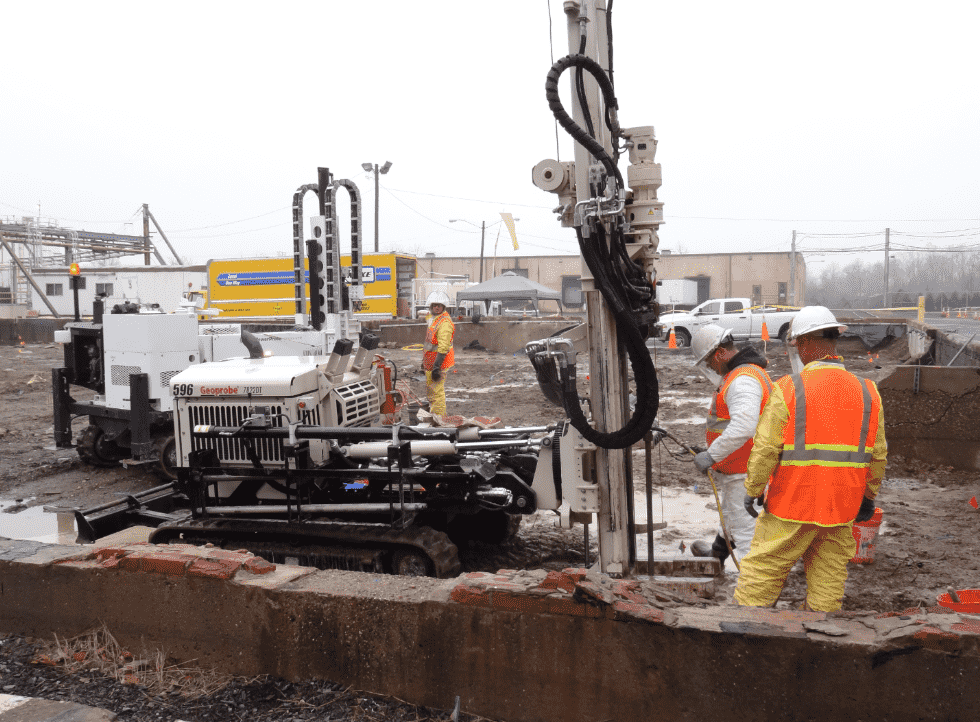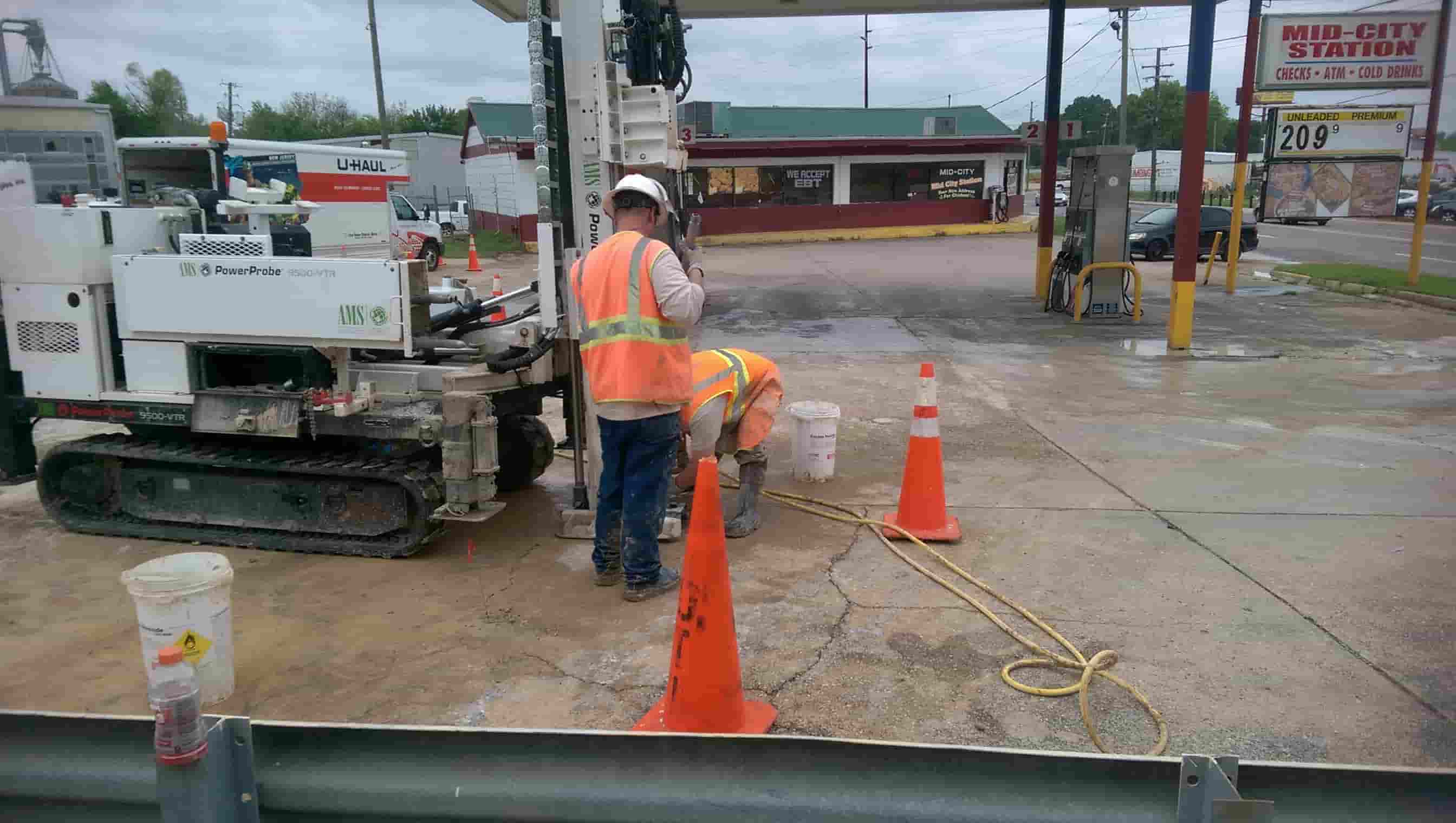Bioremediation
What is Bioremediation and How Is Our Approach Different?

What Is Bioremediation
Bioremediation is a process using microorganisms to break down and degrade environmental contaminants. While this can refer to pollutants in air, soil, or water, it generally refers to contaminants found in soil & groundwater. Bioremediation, in most instances, strives to provide bacteria and microorganisms with the environment they need to break down and metabolize any contaminants found during your environmental site characterization.
The vast majority of bioremediation is as non-directly carried out. Bioremediation is generally caused by introducing nutrients or organisms to contaminated areas. Either by introducing nutrients to indigenous organisms or introducing essential microorganisms to the site directly.
Bioremediation & Biostimulation
Biostimulation is a process used to help existing microorganisms break down pollutants more easily, quickly, and efficiently. Usually, this is done by altering the state of the environment better to facilitate the growth and life of the required bacteria. The introduction of certain nutrients - like iron, carbon, and other electron accepters - is done to help stimulate the growth and activity of these essential bacteria.
Bioremediation & Bioaugmentation
Bioaugmentation is used when the required microorganisms do not exist on site or exist in far too low of concentrations to break down contaminants effectively. During this process, the appropriate microorganisms will be introduced so they can begin to use the contaminants as an energy source. They will usually be introduced simultaneously with the required nutrients. This process ensures they can metabolize them alongside the provided energy source.
In Situ Bioremediation
When bioremediation is carried out on site, it's considered "in situ." "In situ" is Latin for "in place." There are many benefits to in situ remediation, for one would be the price. When you leave the soil/groundwater in place, you save on handling costs, and excavating costs, and, not to mention, you disturb the site and all business operations as little as possible. However, there are some limitations with in situ remediation, which would be that you are limited to what degree you can control the state of the environment.
Redox Reaction
There are generally two methods used in in-situ bioremediation. These methods are often used together to create a redox reaction. The redox reaction is the chemical reduction and oxidation of pollutants. In general, this process aims to oxidize and reduce the pollutant. As a result of the chemical oxidation and reduction of said pollutants, what is left can be metabolized by existing (or introduced) microorganisms. In addition to breaking down any present contaminants, the soil conditions are improved to promote the growth of these microorganisms, which will then encourage the development of plants.
In Situ Chemical Oxidation
With in situ chemical oxidation, the goal is to introduce oxidants that helps to alter contaminants into less toxic substances chemically. This process is also sometimes called ISCO for short.
In Situ Chemical Reduction
In situ chemical reduction or ISCR, has a similar goal as ISCO. By introducing reductants, the contaminants are degraded and chemically altered into less toxic compounds.
Ex Situ Bioremediation
"Ex situ" means out of place in Latin. It is called ex-situ when the contaminated soil/groundwater is excavated and removed for treatment. The most significant benefit of ex situ bioremediation is that you can control all aspects of the contaminated materials during treatment. However, some of the biggest drawbacks make in situ remediation a more common means of remediation.
You have to pay for excavation, handling, and transport with ex-situ remediation. These in total are usually no small price. In addition to ex-situ being much more expensive, the only way for ex-situ remediation to truly work is to ensure that you don't miss any pollutants. Because only the excavated material has been treated, this could lead to sections of the site being left untouched and untreated. Great effort is taken to prevent this from happening, but it is a possibility with ex-situ remediation.

Why You Should Choose Us For Your Bioremediation Needs
For more than two decades, our team has won several awards for our bioremediation services. Our patented remediation technologies continue to be the only technologies that destroy contaminants without:
- corrosion
- creating heat
- Pore Clogging
- Toxic by-products formed with anaerobic dechlorination
- DCE - DCA - VC - Methane
- Long Drawn-Out Bioremediation Products
- SAR Exacerbation
- No Sodium or Potassium
When you choose DeepEarth, you're choosing true environmental sustainability. Not only will you get your site back, but our technology will help to bring the balance back to the delicate ecosystem underneath your feet. Not only does our technology destroy contaminants without any of the drawbacks listed above, but also, once the oxidation process has been completed - what is left behind has been proven to increase the count of native soil microorganisms that encourage plant growth.
Get Your Site Back Today
If you've got a site contaminated with hydrocarbons or chlorinated solvents, you can either give us a call, request a quote, or contact us with any questions. Our team can even help you get connected to an environmental consultant.
Request A QuoteGive Us A Call

